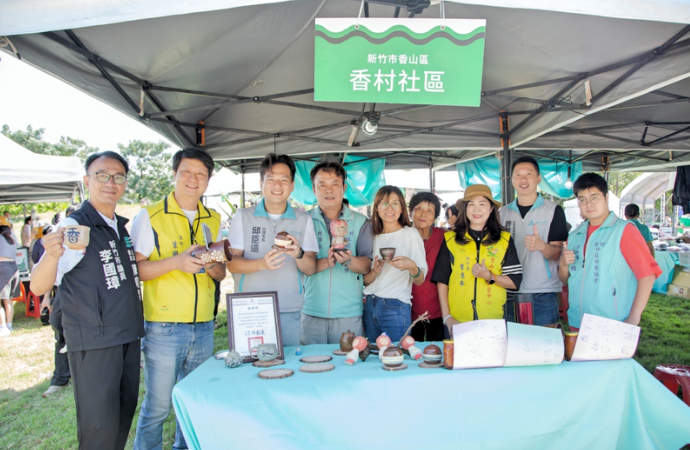6/9, 6/10 Dragon Boat Race
During the Warring States period, Qu Yuan was loyal and patriotic, offering good advice on governing the country, hoping for a better nation. The king did not accept his advice and sent him to a remote area. As the state of Chu weakened and was attacked by the state of Qin, Qu Yuan, knowing this, jumped into the Miluo River with a stone on the fifth day of the fifth lunar month. The residents discovered this and rowed boats to rescue him but could not find him. Therefore, they wrapped rice in leaves and threw it into the river to feed the fish and shrimp, hoping they would not harm Qu Yuan. This is commemorated on the fifth day of the fifth lunar month. People pray to the Dragon King for good weather and abundant harvests. The race involves rituals to worship the Dragon King, followed by a lively dragon boat race on the river. The dragon boats vary in length and can hold up to twenty paddlers. The drummer at the front beats the drum to command, in sync with the heartbeat of the dragon.
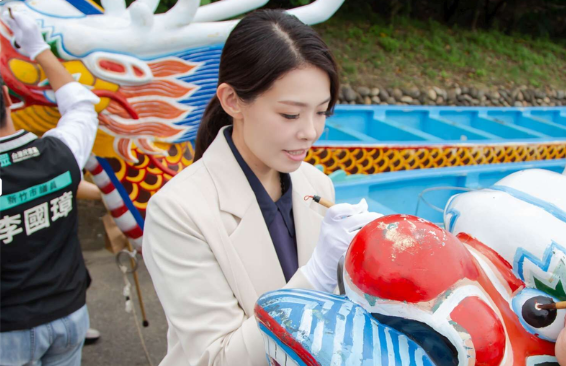
Dotting the eyes, praying for a safe and smooth Dragon Boat Festival—a vibrant tradition that brings life to the dragons, unites communities, and carries forward centuries of cultural heritage. This symbolic act breathes spirit and vitality into the dragon boats, fostering an atmosphere of joy, harmony, and hope for blessings of safety, health, and success during the festivities.
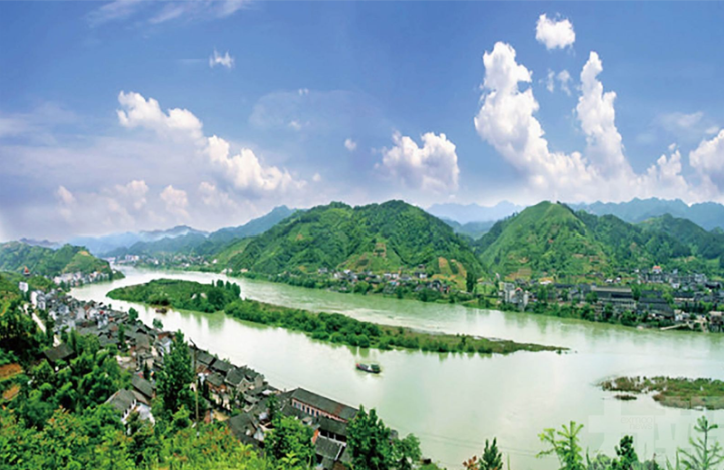
The Miluo River is located in Hunan Province, China, and is famously tied to the Dragon Boat Festival. This river is where the poet and statesman Qu Yuan, an iconic figure in Chinese history, is believed to have drowned himself in 278 BCE. Qu Yuan's tragic death, in protest against corruption and despair over his homeland, inspired the traditions of the Dragon Boat Festival. Today, dragon boat races and the eating of zongzi (sticky rice dumplings) honor his memory and spirit.
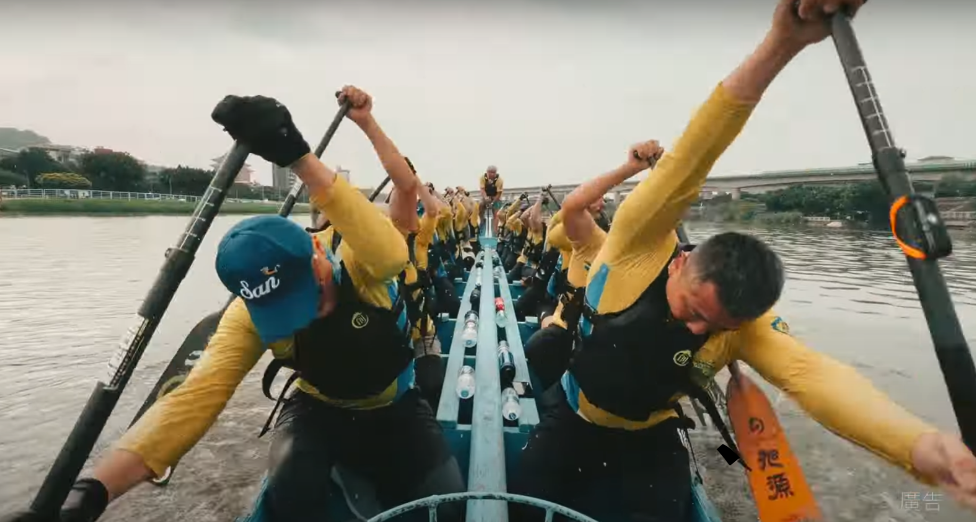
Dragon Boat Races are thrilling competitions held during the Dragon Boat Festival. Teams row long, narrow boats adorned with dragon designs, striving for speed and teamwork. These races commemorate the search for Qu Yuan’s body in the Miluo River, blending cultural tradition with spirited athleticism.
6/22 Wind God Festival
The event includes dual stages and a Japanese coming-of-age ceremony, inviting 15 groups to perform, bringing a musical feast to Hsinchu's youth and music lovers. Organized by "Zhuzhong Youth," it combines social welfare and environmental awareness, including beach cleanups to remove marine debris and promote sustainable development. Tickets are divided into general, student, and charity tickets, with free PR tickets available for local social welfare organizations to apply for.
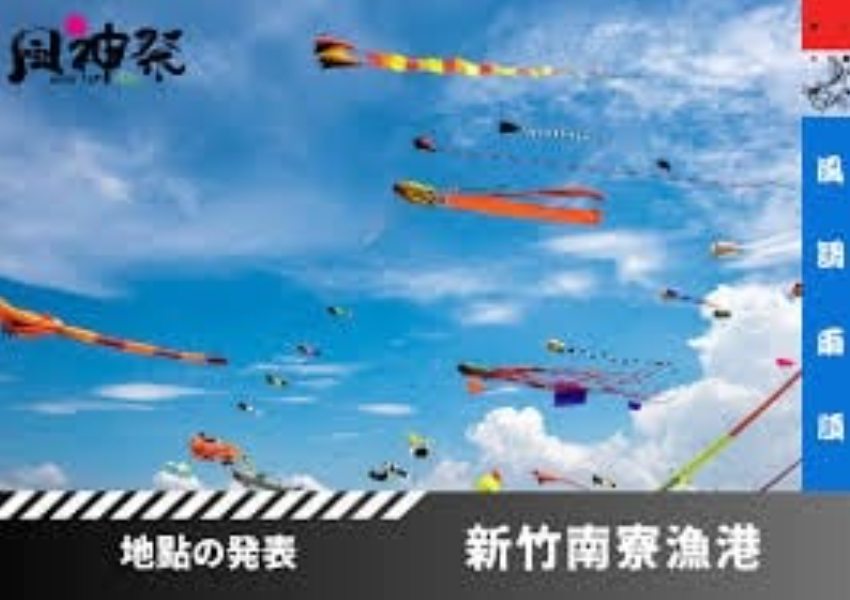
8/31, 9/1 Hsinchu International Kite Festival
When Hsinchu people fly kites, they encounter the unique Hsinchu wind, caused by the special terrain of Hsinchu. This strong wind is extremely unfavorable for kite flying and can be considered a kite killer. Many enthusiasts persistently challenge it, humbly learning from the Hsinchu wind, and through countless failures, they have developed many strategies and techniques, designing many excellent, unique, and creative kites. Foreign kite expert teams and domestic kite masters bring performances of large soft kites, shaped kites, and stunt kites. The MOMO family, African war drums, and singer Yang Qianshi's night light kite performance combine night light stunt kites with night light dance performances.
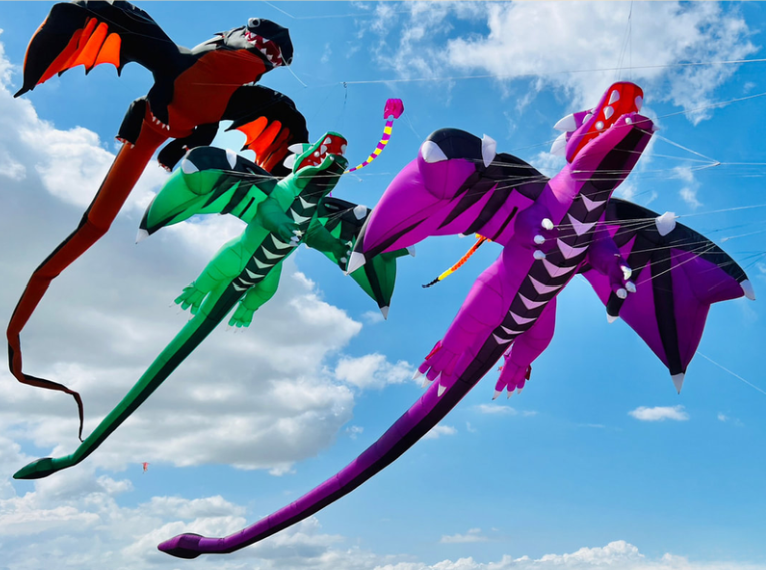
10/12 and 10/13 Hsinchu Beer Festival
Implementing Mayor Gao Hong'an's "Industrial Innovation" policy strategy, inspired by promoting the SBIR program to enhance tourism and folk culture development, bringing together Taiwan's beer manufacturers, combining local food, handicrafts, and cultural and creative industries to create a beer party culture full of local characteristics, promoting tourism and cultural and creative industries.
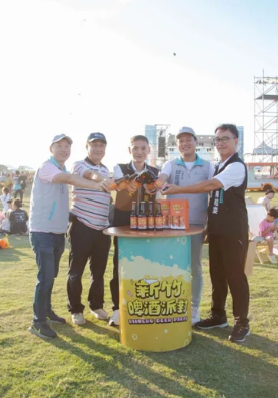
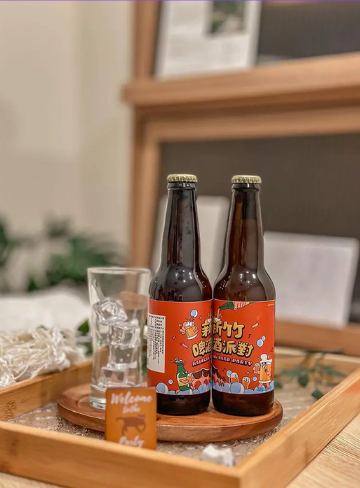
10/3 to 10/20 Art Season: Sea Release Moment
Experience the charm of Hsinchu's high-quality rural life and sustainable wetland ecology. Upholding Mayor Gao Hong'an's "Livable and Sustainable, Aesthetic Hsinchu" policy to enhance sustainable environmental awareness and promote local economic development in Xiangshan through art installations and local co-creation workshops, interpreting the artistic landscape of Xiangshan. The exhibition perspective extends to the coexistence of mountains and seas in Xiangshan, integrating art into the local area, with a focus on "local co-creation" interactive exchanges.
